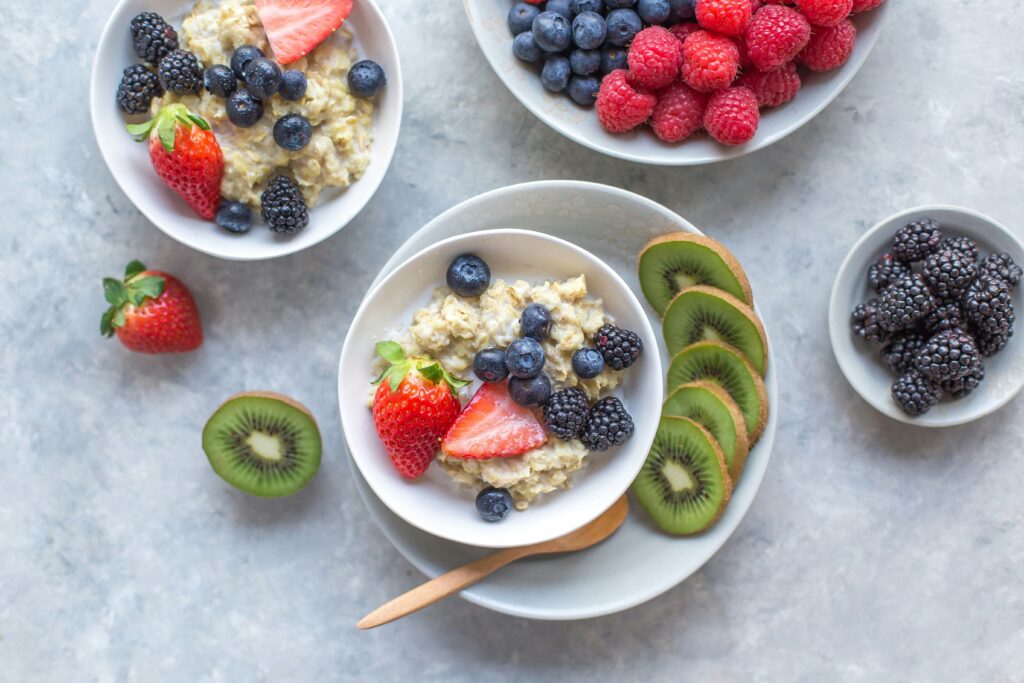Welcome back to the next instalment in my own health check blog series. Today, we’re diving into my cholesterol results—the numbers that made me reflect on my snack habits, my love for cheese, and my enduring commitment to porridge!
My Cholesterol Results at a Glance:
- Total Cholesterol: 5.55 mmol/L
- LDL (“Bad”) Cholesterol: 3.72 mmol/L
- HDL (“Good”) Cholesterol: 1.33 mmol/L
- Total:HDL Ratio: 4.17
- Triglycerides: 1.12 mmol/L
- High-Sensitivity CRP: <0.3 mg/L
What Do These Numbers Mean?
- Total Cholesterol reflects the sum of all cholesterol in your blood. Ideally, we want this under 5.0 mmol/L, so 5.55 is slightly high.
- LDL (Low-Density Lipoprotein) is the “bad” cholesterol that can build up in arteries, increasing heart disease risk. Mine is 3.72, above the recommended 3.0 mmol/L.
- HDL (High-Density Lipoprotein) is the “good” cholesterol that helps remove LDL from the bloodstream. A level above 1.0 mmol/L is good, so 1.33 is a win here.
- Total : HDL Ratio compares total cholesterol to HDL. Under 4.0 is ideal; mine is 4.17—just a nudge over.
- Triglycerides are fats from food. Under 1.7 mmol/L is healthy, and mine at 1.12 is comfortably in range.
The Lifestyle Reality Check
Let’s talk about my big weakness – crisps. Two packets daily really was the norm, plus a weakness for cheese and frequent flapjack snack attacks during long work shifts. On the bright side, I eat fair amount of vegetables and porridge for breakfast every day, packed with heart-friendly beta-glucans.
Taking Action
Realising the need for change, I’ve made a few tweaks:
- Reducing Crisps: Lowers unhealthy fats and salt, helping improve LDL levels.
- Flax & Chia Seeds: High in omega-3 fatty acids and soluble fibre, they can reduce LDL cholesterol.
- Cholesterol-Lowering Spreads: Contain plant sterols that block cholesterol absorption in the gut.
- Beta-Glucans in Porridge: Continue to support lower cholesterol levels by binding bile acids, reducing LDL.
Additional Ways to Lower Cholesterol
Inspired by the British Heart Foundation’s advice, here are ten more ways to help lower cholesterol:
- Choose Unsaturated Fats Over Saturated Fats: Swap butter and fatty meats for olive, sunflower, and rapeseed oils.
- Increase Soluble Fibre Intake: Add more oats, beans, lentils, and fruits to your diet.
- Incorporate Plant Sterols and Stanols: Look for fortified foods like specific spreads and yoghurts.
- Eat More Fruits and Vegetables: Aim for at least five portions daily.
- Opt for Whole Grains: Choose brown rice, wholemeal bread, and whole wheat pasta.
- Limit Processed Foods: Cut back on foods high in saturated fats, trans fats, and added sugars.
- Include Nuts and Seeds: Snack on unsalted almonds, walnuts, flaxseeds, and chia seeds.
- Choose Lean Proteins: Go for skinless poultry, fish, legumes, and tofu instead of red and processed meats.
- Reduce Salt intake: Flavour food with herbs and spices rather than salt.
- Limit Alcohol Intake: Stick to recommended guidelines to help maintain healthy cholesterol levels.
What’s Next?
Lowering LDL cholesterol involves not just diet tweaks but also keeping active, managing stress, and regular monitoring. I’ll be rechecking my cholesterol in a few months to see how these changes pay off.
Stay tuned as I continue to unpack my health check – coming up will be a look at Thyroid Function Tests and Vitamin D levels.
If you’d like more information on lowering cholesterol, please visit the British Heart Foundation website.

